Higest Price Ever for a Refrigerated Warehouse Building.
Highest Price Ever for a Refrigerated Warehouse Building.
The highest price ever paid for a refrigerated warehouse building occurred in November, 2010 in St. Louis City, Missouri. The facility was a 23,655 ft.² multiple temperature warehouse facility with freezer warehouse, coolerwarehouse and ambient temperature or dry warehouse storage space. The refrigerated building was situated on 2 acres of property. The building was originally constructed in 1951 as a truck terminal. It was later converted into a foodservice distribution facility which required the installation of freezer space and cooler warehouse storage space. There was a low cieling 5,500 ft.² of freezer warehouse and 1,000 ft.² of cooler warehouse space in the refrigerated foodservice building. The refrigerated foodservice facility was located at 1717 North Broadway, St. Louis, Missouri 63102. The location was just north of the downtown St. Louis City central business district corridor.
The St. Louis metropolitan area is a 2 state Metropolitan area which is bisected by the Mississippi River. The downtown St. Louis area is adjacent to the Mississippi River. There is only one significant bridge connecting the Missouri and Illinois portions of the Metropolitan St. Louis area is located in the downtown area. The bridge is known as the Popular Street Bridge. The Poplar Street Bridge provides the convergence of 5 different interstate highways, which creates excessive demand on that bridge and its approaches during multiple traffic peak utilization periods during any day, such as morning and evening rush hour traffic or major professional sporting events. The Missouri Department of Transportation (MDOT) and the Illinois Department of Transportation (IDOT) decided that a second bridge was necessary for the downtown St. Louis area to alleviate these traffic bottleneck problems for the over utilized bridge. The refrigerated foodservice building at 1717 North Broadway set right in the way.
The refrigerated building was owned by M&L Frozen Foods. M&L Frozen Foods is a full line foodservice company http://www.mlfoodstl.com/ This privately held company has been in business for more than 100 years. M &L Frozen Foods purchased the building in 1982 and added the refrigerated cold storage capacity. The location provided excellent access to the downtown high-rise office building district and also a significant number of restaurants and hotels and several casinos, as well as a national convention center. There are 3 major professional sports franchises that have their arenas or stadiums only a few miles from this refrigerated foodservice facility. M & L Frozen Foods’ location was vital to this customer base because of their immediate proximity to all of those businesses and provides immediate availability and weekend access to this restaurant, sporting, hostility and entertainment submarket located in the downtown corridor.
Immediately there became a vast discrepancy between the Department of Transportation for the State of Missouri and their determination of value for the refrigerated foodservice facility and M &L Frozen Foods’ expectation of compensation. M & L Frozen Foods needed a refrigerated warehouse building with freezer and cooler temperature capabilities that was adjacent to that downtown corridor to move into so they could keep their customer base which relied on M&L’s proximity. There were no existing industrial warehouse facilities with refrigerated cold storage warehouse space available adjacent to St. Louis’s downtown corridor. M & L conducted a search for public taking and land valuation attorney to assist them in their eminent domain case with the Missouri Department of Transportation.
The owners of M&L Frozen Foods selected Denlow & Henry http://www.denlow.com/ This law firm works exclusively with eminent domain and condemnation. Robert Denlow was the condemnation attorney for this landmark refrigerated cold storage eminent domain litigation case. Robert Denlow is nationally recognized within professional organizations and speaks nationally and internationally on the topic of eminent domain and condemnation. Robert Denlow can be reached at 314-725-5151 or rdenlow@denlow.com Denlow employed as his expert on refrigerated cold storage, Jim Cronin, a real estate broker of Hawk Distribution Services, LLC http://www.hawkds.com/ Jim Cronin can be reached at 314-994-0577 or j.cronin@hawkds.com
Condemnation is the right of the government to take property for public use and provide just compensation for that property; however no one is required to pay more than their fair share when private property is taken for public use. Through the expert and skilled leadership of Robert Denlow, as well as the determination of M&L Frozen Foods’ principal, Lenny Toco, the court system ultimately realized that a refrigerated facility near the proximity of an existing customer base was the essence of this 100-year-old family-owned business.
The courts awarded $5,300,000.00 or $224.00 a square foot for 1717 North Broadway.

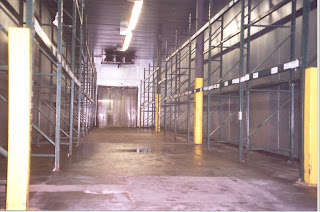

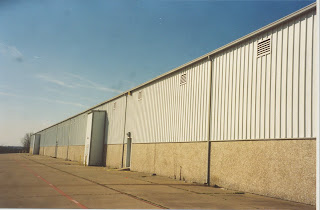
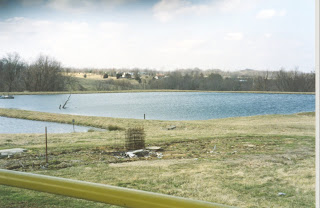
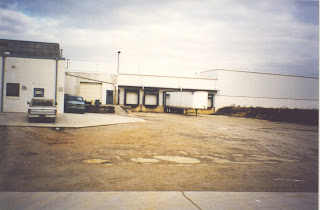
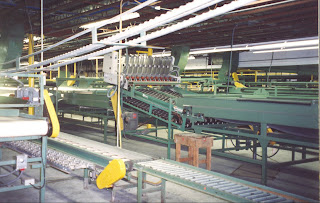
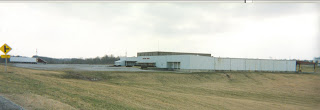
 Jim Cronin, Broker
Jim Cronin, Broker

